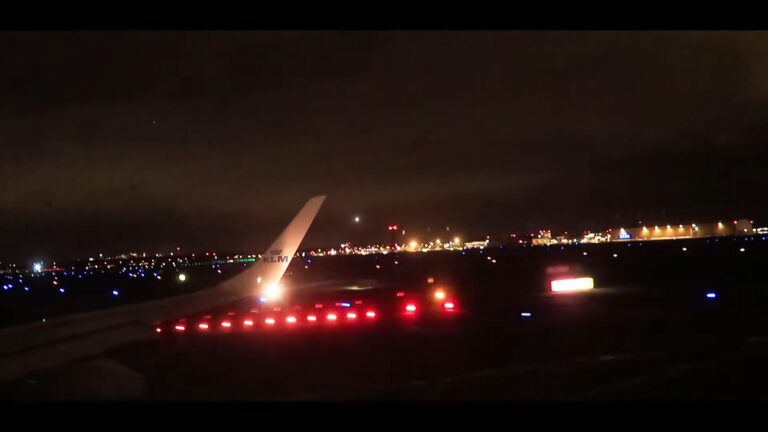Long gone are the days when travel was an all-day affair. Today, red-eye flights allow us to fly across countries or even continents overnight, making efficient use of our time and often offering cheaper ticket prices.
Red-eye flights refer to those departing late at night and arriving early the next morning, named so for the weary, red-eyed appearance of travelers who have foregone a night’s sleep. They are particularly common in the United States, where we might depart from the West Coast late in the evening and arrive on the East Coast in the early morning.
However, as attractive as these overnight air travels may seem, the question of their safety often arises. We will examine various aspects, from sleep deprivation to cabin crew performance and flight operations, to understand if they indeed pose a danger to travelers.
Key Information
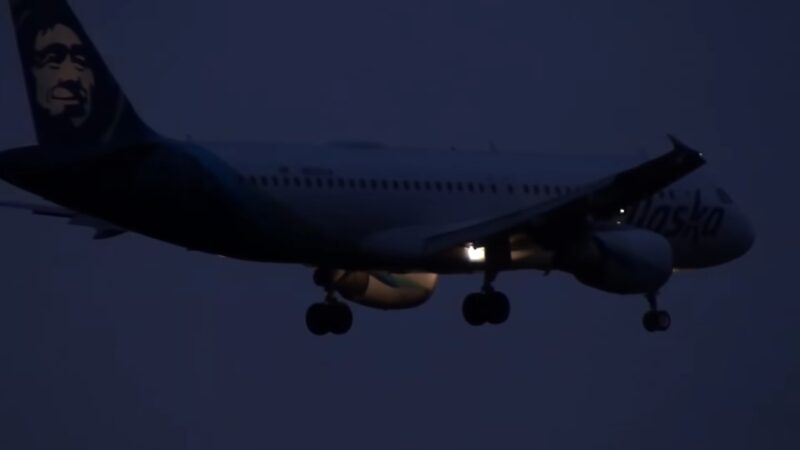
Red-eye flights typically depart after 9 PM and arrive by 5 or 6 AM. Because of this overnight schedule, passengers often spend the majority of the flight attempting to sleep, adjusting to a different time zone, or dealing with the discomfort of sleeping in an airplane seat.
Despite the potential inconveniences, many travelers opt for this option to save on hotel costs, maximize daytime activities at their destination, or accommodate business needs. However, these benefits come with challenges. For one, sleeping on an airplane can be difficult due to limited space, noise, and light interruptions.
Furthermore, the abrupt change to a person’s sleep schedule may cause a condition known as circadian rhythm disorder, similar to jet lag. This disruption to the body’s internal clock can result in fatigue, decreased alertness, and impaired cognitive function.
Despite these challenges, airlines have implemented several measures to enhance the comfort and safety of red-eye flights. Thanks to those measures, they are perfectly safe. From dimming cabin lights to serving lighter meals and adjusting flight attendant service routines, efforts are made to create a more sleep-friendly environment.
Factors Contributing to Safety
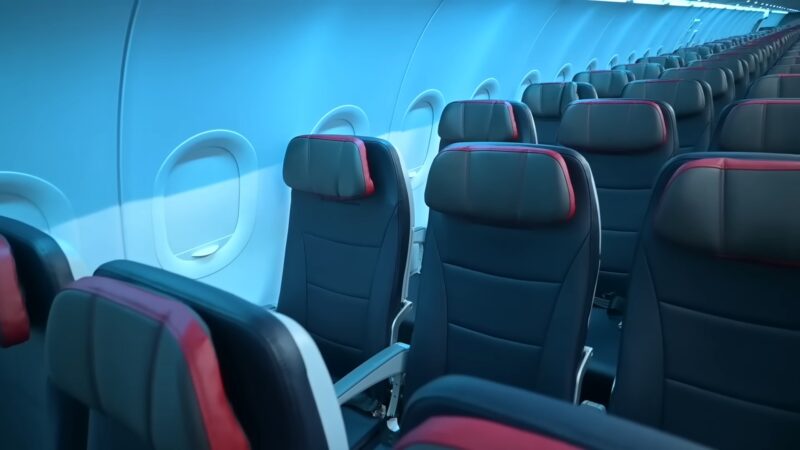
Air travel is considered one of the safest forms of transport, and this holds true for red-eye flights as well. Stringent safety measures and regulations are in place to ensure the safety of all air travels, regardless of their timing. These regulations govern everything from pilot rest periods to aircraft maintenance and cabin crew training.
Airline safety standards are continually updated and reviewed to reflect the latest research findings and technological advancements.
These standards apply to all flights, including red-eye, and are enforced by regulatory authorities such as the Federal Aviation Administration (FAA) in the United States and the European Union Aviation Safety Agency (EASA) in Europe.
Lastly, it’s important to remember that safety is not solely in the hands of airlines and regulatory authorities. Passengers also have a role to play in ensuring their safety by following cabin crew instructions, adhering to seatbelt signs, and practicing good hygiene.
Effects of Sleep Deprivation
Sleep deprivation can have various effects on the body, from mood changes and decreased concentration to impaired memory and reaction times. For passengers on red-eye flights, the effects of sleep deprivation can exacerbate jet lag and create discomfort, but they typically do not pose a direct safety concern.
While lack of sleep may cause passengers to feel less than optimal, airlines and travel health experts provide guidelines to help manage these effects. These include staying hydrated, avoiding caffeine and alcohol, and trying to adjust to the destination’s time zone as quickly as possible.
Moreover, travelers can take steps to promote sleep on the plane. Using a neck pillow, eye mask, and earplugs can make it easier to rest. Dressing in layers can help passengers adjust to changing cabin temperatures, and refraining from using electronic devices close to “bedtime” can promote better sleep.
Cabin Crew Alertness and Performance
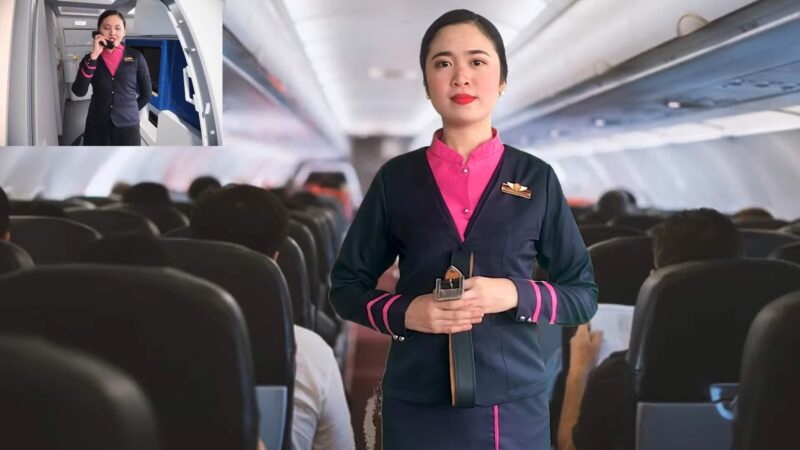
Cabin crew performance is critical to passenger safety, and airlines have measures in place to ensure crew alertness, particularly during red-eye flights. Crew members are trained to manage fatigue and are required to rest before flying to ensure they can perform their duties effectively.
Flight attendants play an integral role in maintaining safety and security on board. They are trained to handle a wide variety of situations, from medical emergencies to unexpected turbulence. This training, coupled with strict rest and duty time regulations, helps ensure they are prepared to respond effectively, even during the early hours of a red-eye flight.
Furthermore, airlines often rotate cabin crew members on long-haul flights to ensure that there are always well-rested crew members available. Airlines also have policies in place to manage crew fatigue, such as providing rest areas on the aircraft and adjusting schedules to allow for adequate rest between air travels.
Rest Regulations
Flight attendant rest regulations are designed to prevent fatigue and ensure the alertness and performance of crew members. In the United States, the FAA mandates that flight attendants must have at least 10 hours off duty between scheduled reserve periods.
This rest period must provide the crew with an opportunity for eight continuous hours of uninterrupted sleep. Similarly, the EASA stipulates that cabin crew members should not be on duty for more than 14 hours without a break.
After a long flight, crew members should have a minimum rest period of 12 hours, or the length of the preceding duty if it was longer than 12 hours.
Airlines also use fatigue risk management systems (FRMS), which are data-driven means of monitoring and managing crew fatigue. FRMS consider factors such as workload, work timing, and sleep opportunities to ensure crew members receive adequate rest.
Aircraft Maintenance and Safety Checks
Aircraft maintenance and safety checks are an essential part of ensuring the safety of all flights, including red-eye. Airplanes undergo regular, rigorous maintenance procedures to keep them in top condition. These procedures include routine checks before and after each air travel, as well as more comprehensive inspections at specified intervals.
Before flying, pilots perform a walk-around inspection of the aircraft. They check for visible issues with the airplane’s exterior, such as tire conditions, engine leaks, or damage to the wings. Meanwhile, maintenance technicians inspect the aircraft’s interior systems according to a detailed checklist.
After the flight, maintenance crews perform additional checks, making any necessary repairs before the aircraft’s next journey. These thorough inspections ensure that all systems are functioning correctly and that the airplane is safe for its next flight, regardless of whether it’s a daytime or overnight journey.
Flight Operations and Navigation
Pilots play a crucial role in ensuring the safety of these air travels. They are trained to operate under various conditions, including at night, and use sophisticated navigation systems to guide the aircraft’s course. Their extensive training includes learning how to operate the aircraft’s systems, respond to different conditions, and handle emergency situations.
During overnight flights, pilots rely on instruments and navigation systems to guide their path. The onboard systems provide real-time information about the aircraft’s altitude, speed, direction, and proximity to other aircraft, ensuring a safe and smooth journey.
Like flight attendants, pilots also adhere to strict rest and duty time regulations to prevent fatigue. These regulations, combined with their training and the use of advanced technology, enable them to safely navigate the skies, whether during the day or overnight.
Passenger Safety Measures
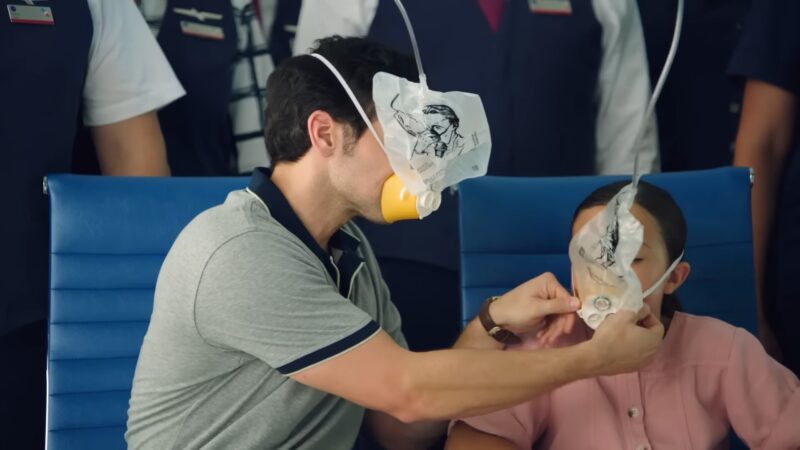
As a passenger, your safety during a red-eye flight is also in your hands. By understanding and following airline safety protocols, you can contribute to a safer travel environment. Before each flight, the cabin crew provides a safety demonstration or video briefing passengers on what to do in an emergency.
It’s crucial to pay attention to these safety briefings, as they contain important information about the location and operation of emergency exits, how to use oxygen masks and life vests, and what to do in the event of unexpected turbulence. It’s also essential to follow cabin crew instructions throughout the flight and adhere to the seatbelt sign.
Additionally, passengers can take steps to promote their personal comfort and well-being during red-eye flights. These might include staying hydrated, moving around the cabin when it’s safe to do so to prevent blood clots, and bringing items like travel pillows and blankets to help facilitate sleep.
Risks Associated with Night Travel

Despite the comprehensive safety measures in place, traveling at night—whether by car, train, or airplane—can present unique risks. Reduced visibility, fatigue, and disrupted sleep patterns can all impact travel safety. However, the aviation industry has implemented numerous strategies to mitigate these risks, making night-time air travel remarkably safe.
For pilots, reduced visibility at night is not a significant concern. Modern aircraft are equipped with powerful lighting systems and advanced navigation technology. Pilots undergo rigorous training to fly under various conditions, including at night, and they rely on these tools to safely navigate the skies.
From a passenger’s perspective, the main risks associated with red-eye flights are fatigue and sleep disruption. However, these risks can be managed by following sleep hygiene practices and taking steps to adjust to new time zones, as discussed earlier.
Managing Fear and Anxiety
Some passengers may experience fear or anxiety when flying, and these feelings may be exacerbated during red-eye flights. However, there are several strategies passengers can use to manage these emotions and make their travel experience more comfortable.
First, understanding that flying is one of the safest forms of travel can help alleviate anxiety. Familiarizing yourself with the safety measures in place for red-eye flights, as outlined in this article, can also provide reassurance.
Second, maintaining healthy habits can help manage anxiety. These include regular exercise, adequate sleep, balanced nutrition, and staying hydrated. Avoiding caffeine and alcohol, which can exacerbate anxiety, is also advisable.
Finally, relaxation techniques such as deep breathing, progressive muscle relaxation, and visual imagery can be effective in managing anxiety. Some airlines even provide in-flight entertainment options, such as relaxation music or guided meditations, specifically designed to help passengers relax.
FAQs:
Are these flights suitable for everyone, or are there certain groups of people who should avoid them?
These can be suitable for many travelers, but individual preferences and circumstances should be taken into account.
Are they more prone to delays or cancellations?
Delays and cancellations can occur for any flight, regardless of the departure time, due to various factors such as weather conditions or operational issues.
Is it more difficult to find transportation from the airport after a red-eye flight?
Airport transportation options may vary depending on the arrival time, but services are typically available even after overnight flights.
Can their timing affect air traffic congestion?
Red-eye flights may experience less air traffic congestion due to fewer flights operating during late-night hours.
Are there any specific security concerns related to overnight flights?
Security measures are in place for all flights, irrespective of the departure time.
Conclusion
So, are red-eye flights dangerous? The answer, based on the extensive safety measures and regulations in place, is no. Both airlines and regulatory authorities prioritize passenger safety, regardless of the flight’s timing.
Strict rest regulations for crew members, rigorous aircraft maintenance, advanced flight operations, and an emphasis on passenger safety awareness all contribute to making red-eye flights as safe as their daytime counterparts.
However, while red-eye flights are not inherently dangerous, they can pose challenges related to sleep disruption and fatigue. By being aware of these challenges and taking steps to manage them, us passengers can ensure a safer and more comfortable journey.

